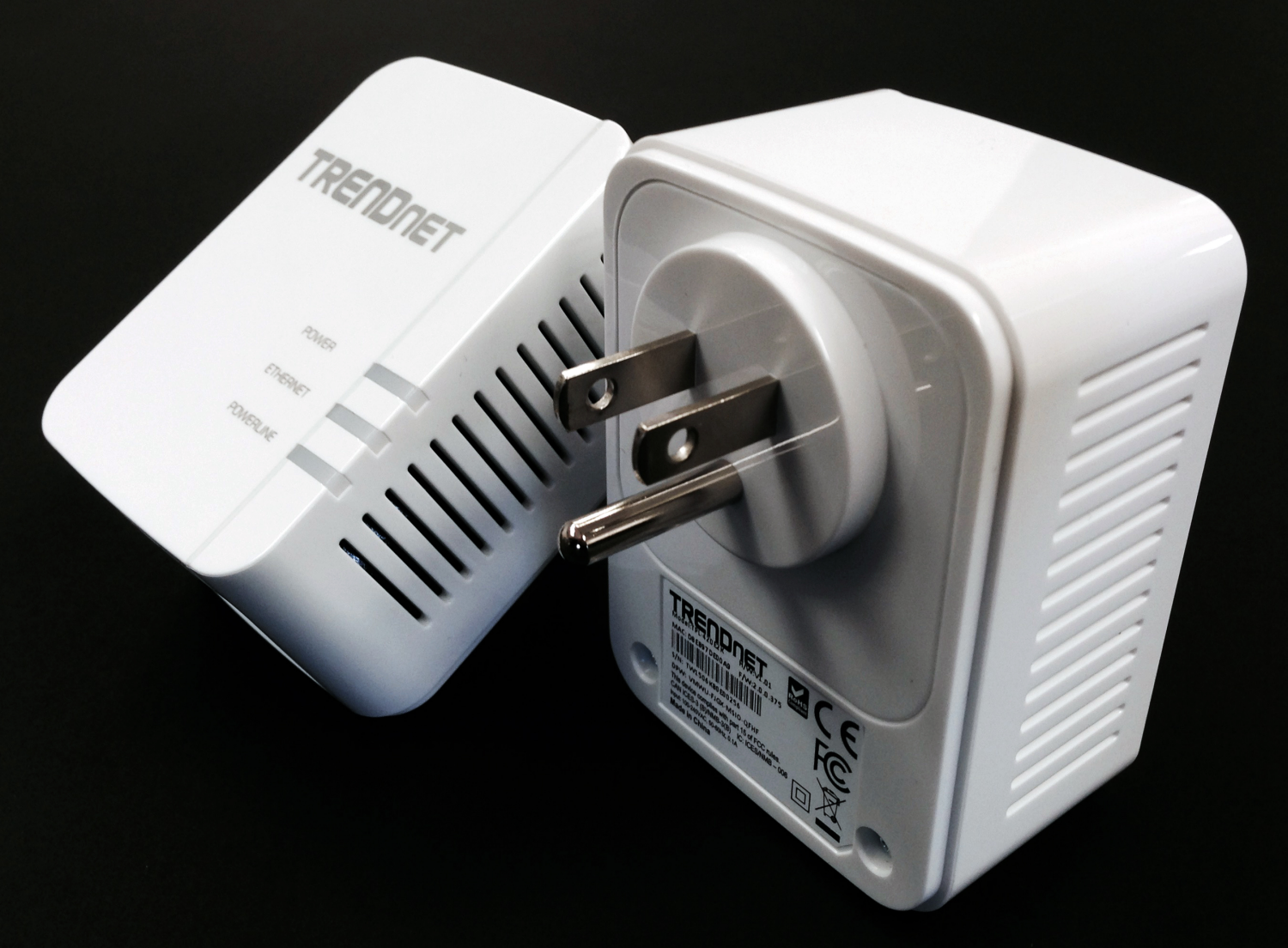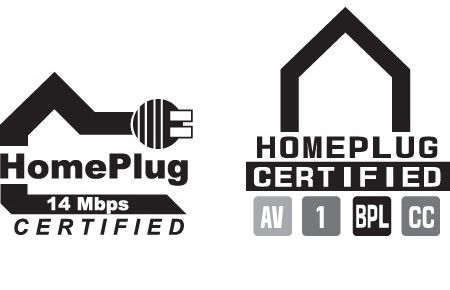Powerline Networking 101
What Is Powerline Technology?
Powerline is a networking communications technology adapted for use over existing electrical power lines, hence the name. The Institute of Electrical and Electronics Engineers (IEEE) and HomePlug Alliance organizations created working groups and standards for Powerline technology that can be applied to electrical grids as well as in-home circuits. In fact, when you hear the terminology Smart Grid, many of the proposed industrial applications utilize Powerline technology. On the consumer front, we would most likely recognize the application of Powerline technology by the electricity industry in the form of smart meters. While not every smart meter uses Powerline, those that do are an example of the electricity industry utilizing existing power lines to exchange data, such as utility companies receiving updates from your smart meter regarding your electricity usage. That is if you opt in to such a service, of course.
When you pause and think about that though, the potential for using power lines to transmit data could mean that, eventually, electric utility companies may become an alternative to Internet service providers in providing connectivity to households. While it may not come to pass in more densely populated areas, providing Internet via Powerline to rural households is much more likely. I have several friends who live in such areas; they've mentioned that ISPs are hesitant, if not downright unwilling, to bring fiber or cable to their homes. While that may be frustrating from a consumer point of view, to the ISP, the return on investment just isn't as high on providing Internet to one remote family compared to wiring up a neighborhood. The alternatives are usually satellite or DSL.
Although it might be exciting to discuss combining your electricity and Internet delivery, for the purpose of this article, let's bring the focus back to in-home applications. Using Powerline allows you to take advantage of existing electrical wiring for your networking requirements, circumventing the need to place an Ethernet drop in every room for wired connectivity. Take a quick look around and count how many electrical outlets you see. Each one of those is a potential network uplink if you use Powerline!
Slow down a minute, though. You can't just pop in a Cat 5e or Cat 6 cable into an electrical outlet and start watching YouTube videos. There has to be a Powerline adapter in place to convert the 802.3 Ethernet protocol into the newest Powerline standard, called HomePlug AV2, for transmission over the electrical wiring.
“Wait,” you say, “What happened to the first specification for HomePlug AV?” For that answer, we can glean the history of the standard from the master observer of all things related to use of communications signals, the National Security Agency.
In a 2001 article titled Data Communications via Powerlines, long before the HomePlug standard, there were four Powerline protocols battling for contention to be the High Speed Powerline Communications (HSPLC) solution. The protocols and the companies backing them included PowerPacket by Intellon, Plug-In PLX by Intelogis, Digital Powerline and AN1000 Powerline from Adaptive Networks. All were developed to transmit data at high speeds, while compensating for inherent issues with using electrical wiring for transmission like high attenuation, interference and signal mismatches.
A committee was formed under the name HomePlug Alliance, composed of the computer and networking equipment industry's big players. In the first year of the 21st century, two weeks before the summer solstice, the coin toss showed "heads" and thus, PowerPacket was chosen to be the power-line communication standard. In reality, the decision was most likely based on PowerPacket's usage of Orthogonal Frequency Division Multiplexing (OFDM) for better performance and more resilient signal transmission, but we'll cover OFDM in depth in the next section.
Get Tom's Hardware's best news and in-depth reviews, straight to your inbox.
Presumably for consumer and industry brand recognition, the PowerPacket name was dropped in favor of HomePlug 1.0. At that stage, real-world data transmission rates capped out at around 5Mb/s (even as they were marketed up to the theoretical max of 14Mb/s), and transmissions operated between the 4 and 20MHz frequency range.
But was 5Mb/s enough to watch the 10-hour loop of Nyan Cat in 1080p HD while playing Call of Duty 2? Of course not! I'm sure the HomePlug Alliance realized this as well. Thus, they established the next Powerline specification in 2005, HomePlug AV.
-
wtfxxxgp I love these things. Saved me headaches and hassles to get my online gaming setup going without having to run long cables or relying on crappy wifi donglesReply -
Xivilain This is one of those great niche products that not a lot of folks hear about. Definitely a look at for people with "bomb shelter" style basements with concrete and metal materials, where WiFi cannot reach.Reply -
videobear From Newegg customer reviews, performance of even the latest powerline equipment is far inferior to ethernet or even wifi. Plus the units have massive quality control issues. Not interested.Reply -
Onus Interesting about the valid specification names. I'll have to check the compliance level of what I'm using. I have a kit with one ethernet connector on one end (plugs in near my router), and four on the other end (my wife uses one, and my testbench gets the others): http://www.newegg.com/Product/Product.aspx?Item=9SIA24G15V0949 which is no longer available, but looks similar to http://www.newegg.com/Product/Product.aspx?Item=N82E16833124482 which is. They run more reliably and faster than a cheap PCI wireless card, which is better than a USB dongle. This is despite the fact that they are plugged in on different sections of a manufactured home, which means they're going through an additional junction box between the sections.Reply -
coupe "Assuming that the outlets using the Powerline adapters are on the same electrical circuit, ..."Reply
I think this part should be brought to attention more. Most people who are looking to implement a powerline setup might be confused about this limitation. -
TechyInAZ I always thought that powerline tech was cool! And it is cool, but to run it well you need a house with nice electrical wiring. One of my houses had two 220V (or was it 120V, I forgot) outlets, so the powerline Ethernet wouldn't work on one half of the house lol.Reply
If you plan to use these, make sure you know where your powerlines are going. -
shadycuz Reply"Assuming that the outlets using the Powerline adapters are on the same electrical circuit, ..."
I think this part should be brought to attention more. Most people who are looking to implement a powerline setup might be confused about this limitation.
They work across Circuit breakers. Most houses only have one Circuit. Breakers "break" that circuit down into manageable pieces so if a device acts up, your whole house doesn't loose power, just that room. -
Supermuncher85 Yeah love these things. Just keep in mind that if you do have a backup generator, it will not jump between circuits. Lesson I learned the hard way.Reply -
quadrider21 Great artical, I'd like to know a little more about what the security button does.Reply
Do all three of these standards support security measures?

